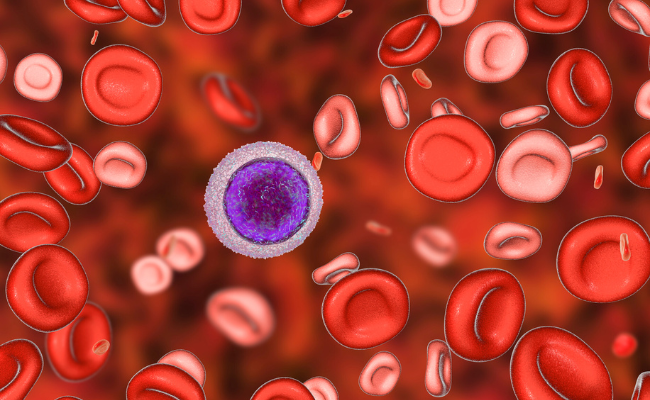How to Treat Acute Lymphoblastic Leukaemia?
- January 29, 2024
- No Comments

What is Acute Lymphoblastic Leukemia (ALL)?
Acute Lymphoblastic Leukemia (ALL) is a fast-progressing blood cancer affecting lymphocytes. While it mainly targets children, it can occur in adults. Originating in the bone marrow, ALL disrupts normal blood cell production, leading to an excess of immature lymphocytes. Despite its seriousness, advancements, including prolonged chemotherapy, offer better outcomes for both children and adults. ALL is uncommon overall, constituting less than half of 1% of all U.S. cancers, but it is the most prevalent cancer in children, with the majority of cases occurring between ages 2 and 5.
Why Does Acute Lymphoblastic Leukemia Occur?
The exact cause of ALL is not well-understood, but certain risk factors may increase the likelihood of developing this form of leukemia. These risk factors include genetic predisposition, exposure to high doses of radiation, certain genetic disorders (such as Down syndrome), and a compromised immune system. The abnormal growth of immature lymphocytes crowds out healthy cells in the bone marrow, impairing the production of red blood cells, white blood cells, and platelets. This disruption leads to the characteristic symptoms of ALL, including fatigue, susceptibility to infections, and an increased risk of bleeding.
How to Identify Acute Lymphoblastic Leukemia?
The symptoms of ALL can vary, but common indicators include:
- Fatigue: Persistent and unexplained tiredness.
- Frequent Infections: Increased susceptibility to infections due to a compromised immune system.
- Easy Bruising and Bleeding: Abnormal bleeding or bruising, often resulting from a low platelet count.
- Bone and Joint Pain: Pain or discomfort in the bones and joints.
- Enlarged Lymph Nodes: Swelling of the lymph nodes, especially in the neck, armpit, or groin.
- Pale Skin: Anemia can result in pale or sallow skin.
If any of these symptoms are present, a thorough medical evaluation, including blood tests and bone marrow biopsy, is necessary for an accurate diagnosis.
How is Acute Lymphoblastic Leukemia Treated?
The treatment of ALL is a comprehensive approach that typically involves multiple phases to ensure the best possible outcome. The key components of ALL treatment include:
- Induction Therapy: Chemotherapy: Powerful drugs are administered to eradicate as many leukemia cells as possible and induce remission. This phase is intensive and aims to eliminate the majority of cancer cells in the bone marrow.
- Consolidation Therapy: Additional Chemotherapy: This phase involves further chemotherapy to eliminate any remaining leukemia cells and prevent a relapse.
- Maintenance Therapy: Long-Term Chemotherapy: Lower doses of chemotherapy are administered over an extended period to maintain remission and prevent the return of cancer cells.
- Stem Cell Transplant: Allogeneic Stem Cell Transplant: In some cases, especially when the risk of relapse is high, a stem cell transplant from a compatible donor may be recommended to replace diseased bone marrow with healthy cells.
- Targeted Therapies: Immunotherapy and Targeted Drugs: These therapies target specific proteins or mechanisms involved in the growth of leukemia cells, offering a more targeted and less toxic approach.
- Supportive Care: Management of Side Effects: Various supportive measures, such as medications and blood transfusions, help manage the side effects of treatment, such as low blood cell counts.
Benefit Points of Treating Acute Lymphoblastic Leukemia:
- Increased Survival Rates: Advances in treatment protocols have significantly improved the survival rates for individuals with ALL, especially in pediatric cases.
- Quality of Life Improvement: Effective treatment helps alleviate symptoms, improve overall health, and enhance the quality of life for patients.
- Prevention of Complications: Timely and comprehensive treatment reduces the risk of complications associated with ALL, such as infections, bleeding disorders, and bone pain.
- Potential for Cure: In many cases, especially when diagnosed early and treated aggressively, ALL can be cured, allowing individuals to lead healthy, cancer-free lives.
- Advancements in Targeted Therapies: Ongoing research has led to the development of targeted therapies with fewer side effects, enhancing treatment efficacy while minimizing the impact on the patient's well-being.
Comments (0)